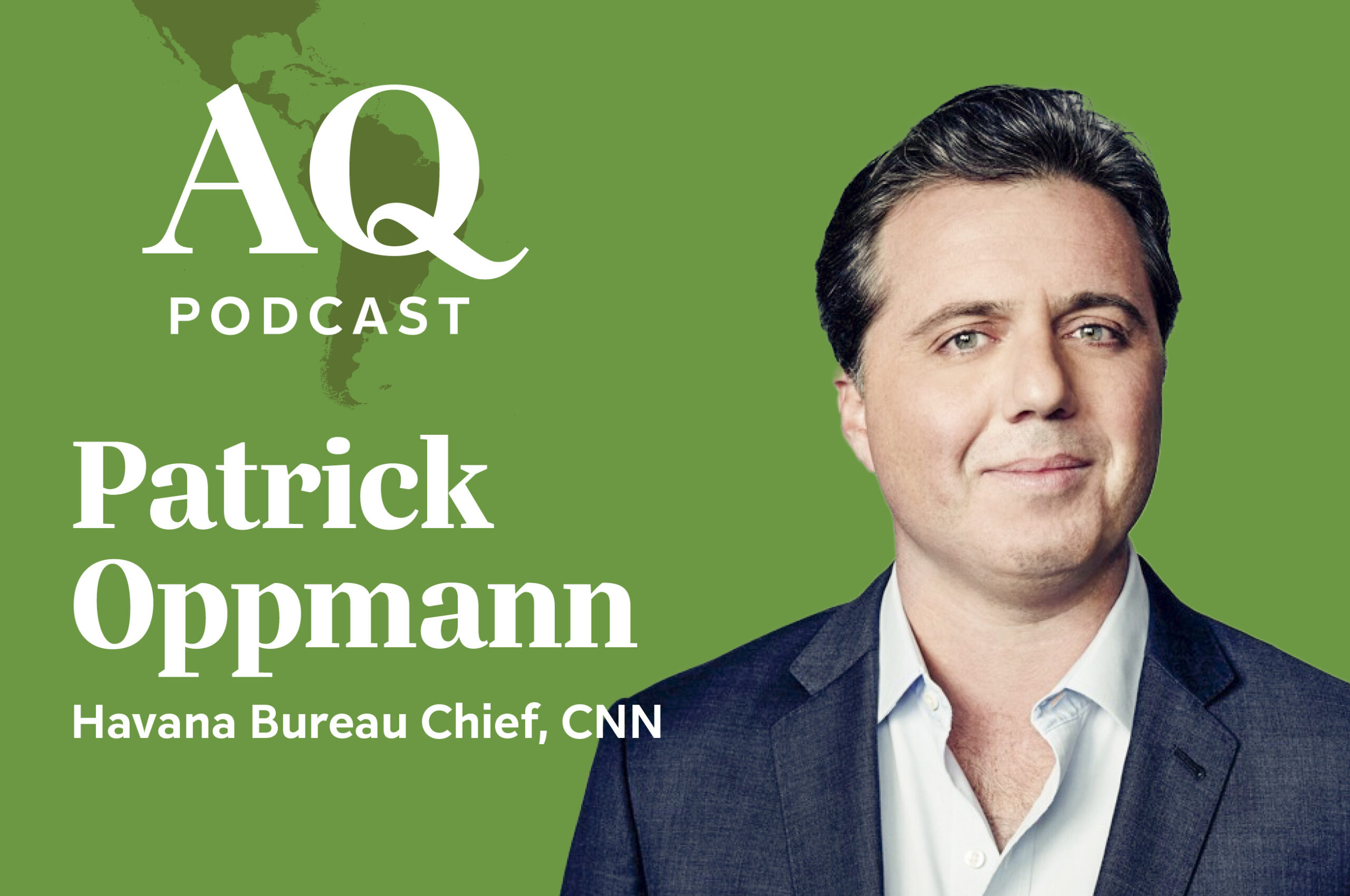Obama's Latin America Trip: It's Not Like He Went to Cancun
Obama's Latin America Trip: It's Not Like He Went to Cancun
The president’s tour of Latin America was too important to postpone, writes AS/COA's Christopher Sabatini in The Huffington Post.
Conservative critics have had a field day criticizing President Barack Obama's trip to Brazil, Chile and El Salvador this week. Former speaker of the House and now presidential aspirant Newt Gingrich implied the President was abdicating his leadership by taking the long-anticipated trip to Brazil, Chile and El Salvador and Fox News commentator Sean Hannity referred to it as a "vacation in Rio." Besides revealing a troubling—even offensive—stereotype and disregard of the region, they are also wrong.
To be sure, the president's long-overdue tour of South America couldn't have come at a worse time in terms of world events. The NATO aerial campaign to establish a no-fly zone to contain Muammar Gaddafi from slaughtering his own citizens, the threat of nuclear meltdown in post-tsunami Japan, the Saudi-led crackdown against popular protests in Bahrain, and the budget battles in Washington provided plenty of reasons for staying. But it would have been a diplomatic disaster if he had remained behind.
In his January State of the Union Address President Obama declared—somewhat unexpectedly—his desire to travel to Brazil. The president's promise captured the imagination of Brazilians and offered a high-level opportunity to repair frayed political and economic relations with the world's soon-to-be fifth largest economy. In the last 12 years, Brazil has risen from poverty and the periphery to become an emerging regional and world power, an ascendancy that under former president Luiz Inacio Lula da Silva often caused diplomatic friction with the United States and provoked a dramatic shift in the region's economic order in which China overtook the U.S. to become Brazil's (and Chile's) number one trade partner.
The inauguration of Dilma Rousseff on January 1, 2011 afforded President Obama the opportunity to start fresh. Moreover, given Brazil's booming economy—expected to grow by over 7.5 percent this year—there was the opportunity to seal the deal on a range of economic cooperation agreements on everything from oil to trade and investment to scientific exchange. Correctly, at every step in the lead up, the administration and the President emphasized the economy and job-boosting potential of his trip—no stretch when you consider that over 20 percent of U.S. exports a year are bound for south of the Rio Grande, supporting 2 million U.S. jobs. In terms of quantity, that's more than the United States exports to Europe and three times more than we send to China.
Suspending the trip would have deeply offended the region's presidents and its people, a slight that would have continued to sting for several years. It would also have denied the serious mutual economic interests we need to explore and joint diplomatic efforts in the Middle East and North Africa.
For much of the eight years of former President George W. Bush's administration—rightly or wrongly—it appeared to leaders and citizens not basking in U.S. attention that the U.S.'s massive foreign affairs bureaucracy could do little more than focus on the war on terror and Iraq. It is precisely during these current times of global and domestic crises that the U.S. government needs to show that it can walk and chew gum at the same time.
It was for this reason that the Obama administration thought they could effortlessly repair U.S. relations with the region when the president traveled to the Summit of the Americas in April 2009—shortly after being inaugurated—to speak of partnership and moving beyond the past. After the high-minded rhetoric, the region waited for him to return or for some action. Instead, whether it was the mixed reaction to the Honduran coup or the stalled free-trade agreements with Panama and Colombia, the administration appeared even more confused and inert than the last.
In the meantime, the region continued to grow—at an average rate last year of 6 percent—economically outstripping predictions after the "Great Recession" of 2009 and diversifying both economically and politically away from the United States. Perhaps too late, the president is traveling to the region to develop joint economic plans and recognize genuine partners and allies that for too long have been neglected.
The art of foreign policy is developing personal relationships and alliances with foreign governments and people to promote shared, long-term policy interests. U.S. foreign policy cannot be dictated by the latest crisis or crises. Doing so is not a strategy; in the context of today's increasingly independent and muscular leaders in Latin America it's reactionary.








